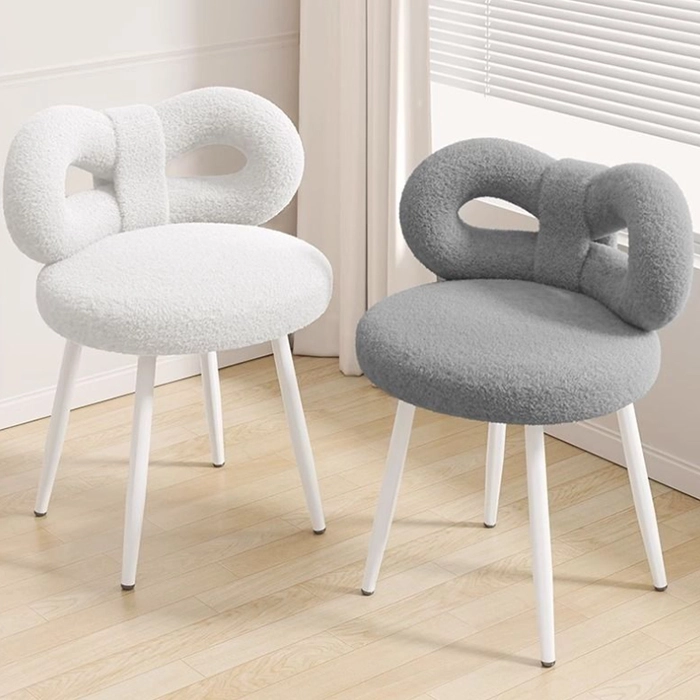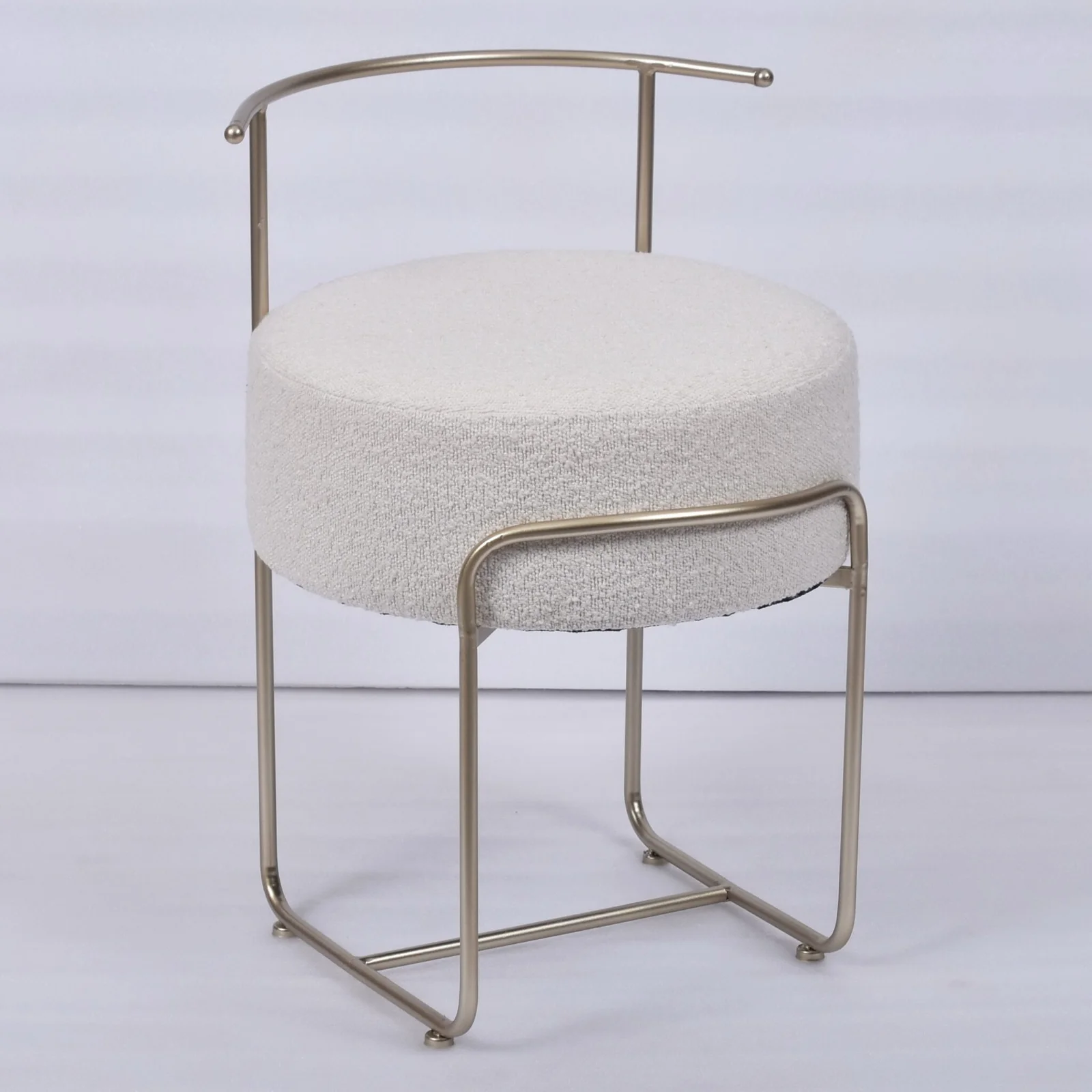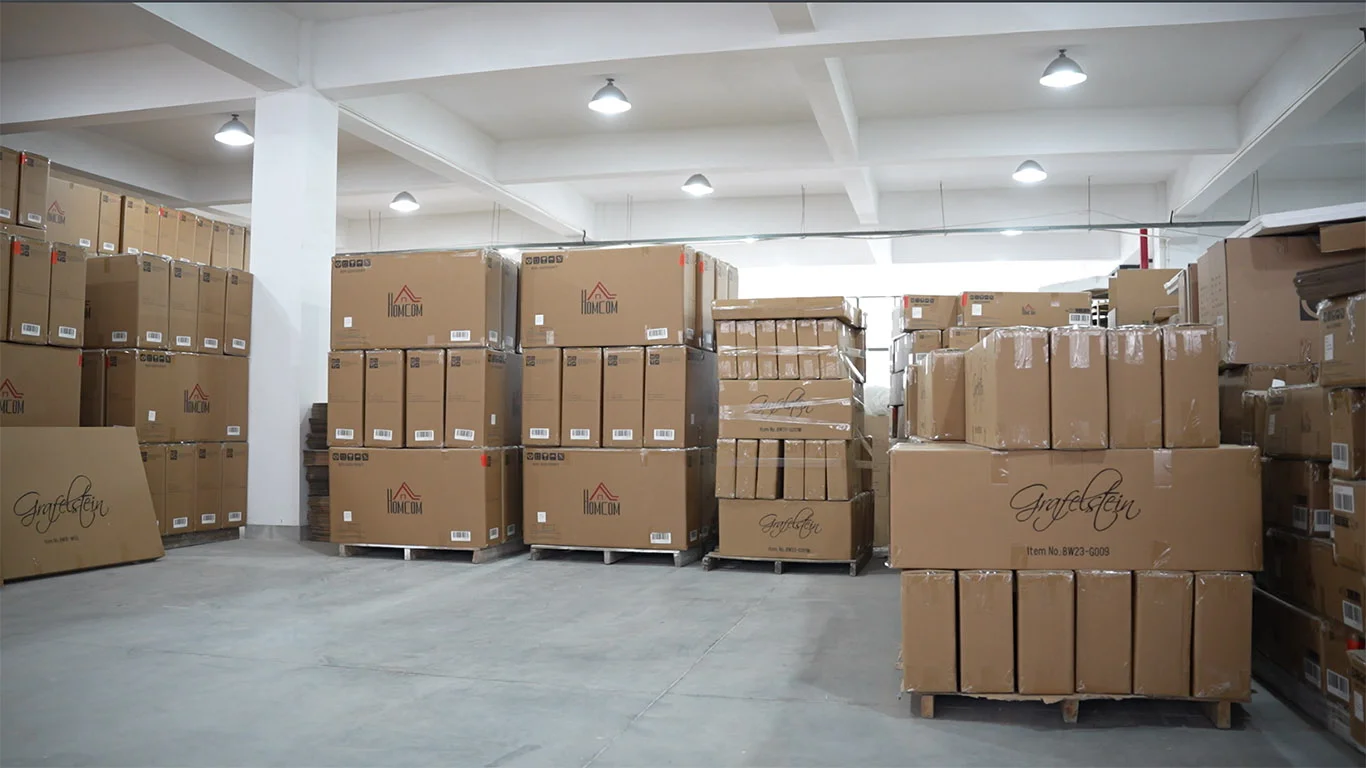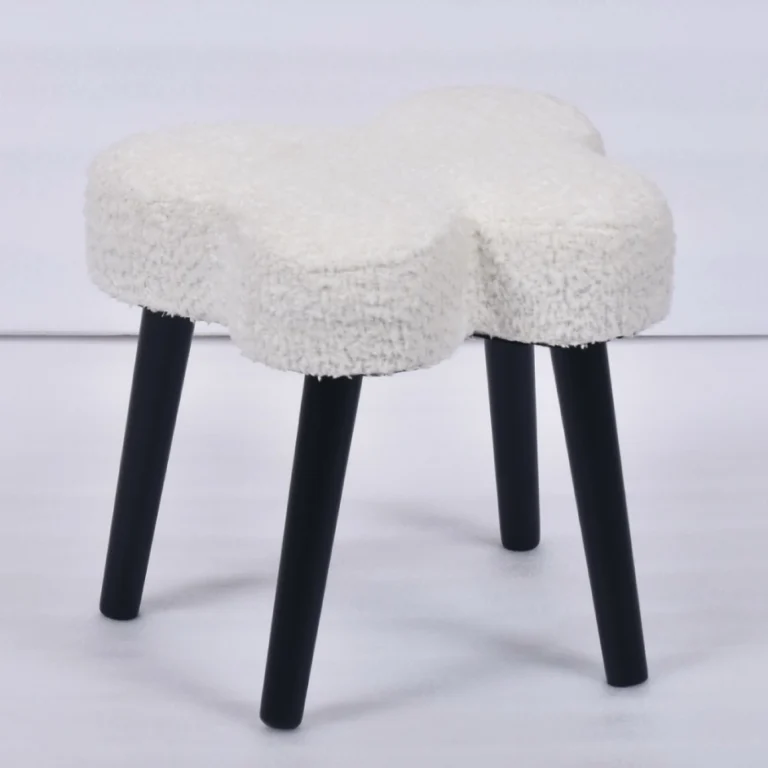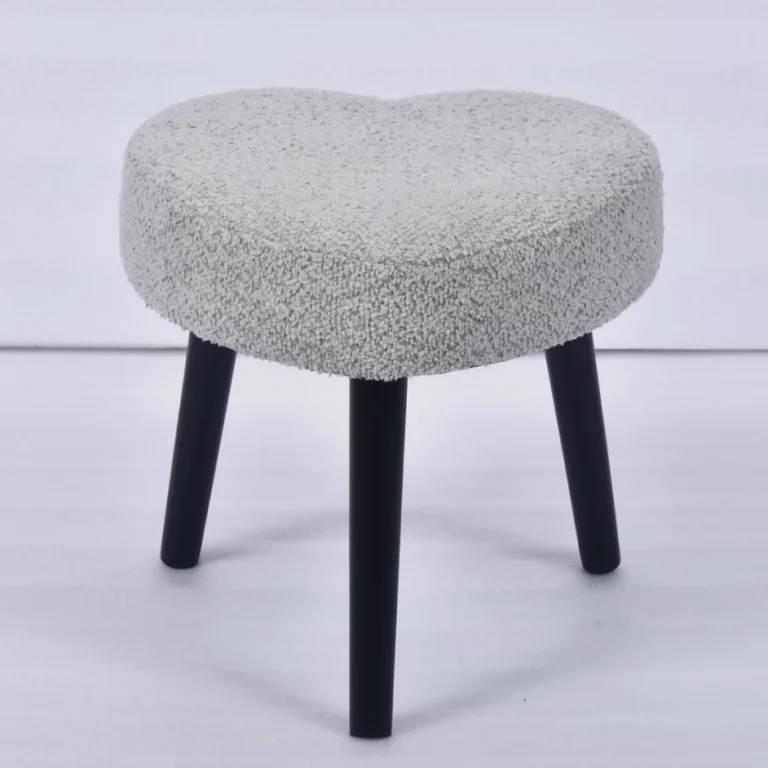material, craftsmanship, usage scenarios, and maintenance
The durability of stools depends on material, craftsmanship, usage scenarios, and maintenance. Different materials vary significantly in durability. Below are the characteristics of common types:
1. Solid Wood Stools
-
Pros: Naturally sturdy, high load-bearing capacity (e.g., oak, beech, teak), lifespan can exceed 10 years.
-
Cons: Prone to cracking and warping in humid environments; requires regular maintenance (waxing, moisture protection).
-
Best for: Indoor settings like homes and restaurants.
2. Metal Stools (Stainless Steel/Wrought Iron)
-
Pros: Wear-resistant, impact-resistant, rust-proof (especially stainless steel), maintains shape for years outdoors.
-
Cons: Cold to the touch in winter; may lack comfort if poorly designed.
-
Best for: Bars, cafes, outdoor patios.
3. Plastic Stools
-
Pros: Lightweight, waterproof, affordable, suitable for short-term use.
-
Cons: Prone to aging (becomes brittle under UV exposure), lower weight capacity (usually <100 kg).
-
Best for: Temporary gatherings, rented spaces.
4. Engineered Wood Stools (MDF/Particle Board)
-
Pros: Low cost, diverse styles.
-
Cons: Swells when exposed to water; screw holes loosen easily; typical lifespan of 3-5 years.
-
Best for: Dry indoor environments with infrequent use.
5. Upholstered Stools (Fabric/Leather)
-
Pros: High comfort, ideal for prolonged sitting.
-
Cons: Surface wears easily (especially fabric); leather requires scratch protection and regular cleaning.
-
Best for: Low-wear areas like living rooms and bedrooms.
Tips to Enhance Durability
-
Check construction: Mortise-and-tenon joints or welded metal frames are sturdier than screw-only assembly.
-
Consider weight capacity: For household use, choose stools rated for ≥150 kg.
-
Regular maintenance: Protect wood from moisture, metal from rust, and upholstery from stains.
-
Avoid extreme conditions: Keep plastic and wood away from direct sunlight or dampness.
Conclusion
-
Most durable: High-quality solid wood (e.g., teak) > stainless steel > wrought iron > high-density plastic.
-
Best value: Metal-wood hybrid designs, balancing strength and affordability.
Choose based on budget and frequency of use—proper care can significantly extend lifespan.
